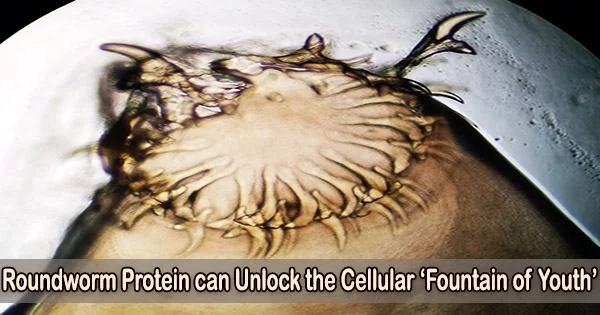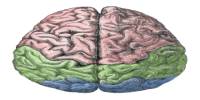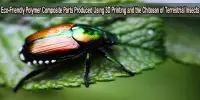A USask research team has discovered a pair of genes in charge of ridding cells of the poisons that build up in the body and cause aging by using the small nematode worms known as C. elegans. By inactivating genes termed CCF-1 and PAL-1, the researchers observed worms perish 50% faster than normal.
“If you remove CCF-1 gene from the worms, they become super sensitive to even the mildest amount of stressors, such as those which can cause neurodegeneration,” said Dr. Michael Wu (Ph.D.), researcher in veterinary biomedical sciences at USask’s Western College of Veterinary Medicine (WCVM) and senior author of the paper published in Aging Cell. “These genes may be a key regulator in what causes premature aging in individuals.”
While the research was conducted in nematodes, approximately 40% of nematode genes including CCF-1 and PAL-1 have the same function in humans. In humans, CCF-1’s equivalent is named CNOT7 and PAL-1 is called Cdx2.
“These genes can be traced back to an individual human’s ability to fight off chemical stressors at the cellular level, which then is directly linked to the rate at which they age,” said Wu. “Our goal is, at the basic, fundamental level, to define what drives aging age is the primary driving factor of basically every chronic human disease.”
“When you age, you increase susceptibility to getting cancer. When you age, you’re more prone to neurodegeneration. When you age, your metabolism slows down, and you’re more susceptible to the development of diabetes or cardiovascular failure,” he said.
If you want to measure whether a pharmacological compound has an impact on lifespan or disease development, that can take three to five years because mice can live for two years and more, normally. With an extended lifespan, it’s probably four to five years down the road.
Dr. Michael Wu
Much of the research which included screening all 20,000 nematode genes a process that took over six months to complete was undertaken by USask master’s student Hadi Tabarraei and doctoral student Brandon Waddell, accompanied by undergraduate students Kelly Raymond and Sydney Murray.
The team also included University of Florida researchers Dr. Ying Wang (Ph.D.) and Dr. Keith Choe (Ph.D.).
Nematodes were exposed to cadmium, a heavy metal which can accumulate in the body, and the neurotoxic acrylamide, simulating the cellular stress conditions an organism endures as part of the aging process.
The researchers found that nematodes with CCF-1 inactivated were more susceptible to the chemicals and died at a much faster rate after using a method called RNA interference to inactivate one gene at a time.
“We were following hundreds of worms at different conditions, and tracking how long these worms go from birth to death,” said Wu. “Nematodes only live about two to three weeks on average, so we can correlate our genetic data to a phenotype at the whole-organism level.”
The research team realized the significance of the CCF-1 gene when they found that inactivating the PAL-1 gene produced a nearly identical response. These findings show that the CCF-1 and PAL-1 genes cooperate to control the expression of numerous genes in the body’s response to chemical stressors.
The research’s next steps require a deeper look at the cellular functions in the nematode model in order to find pharmacological substances that can successfully turn on and off the genes in a controlled way.
In the next five years, Wu hopes to identify those molecules. In the meanwhile, he plans to reproduce the study with human cell lines and humanized mice models, working with collaborators.
“If you want to measure whether a pharmacological compound has an impact on lifespan or disease development, that can take three to five years because mice can live for two years and more, normally,” said Wu. “With an extended lifespan, it’s probably four to five years down the road.”
















